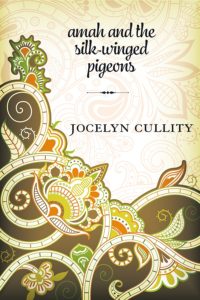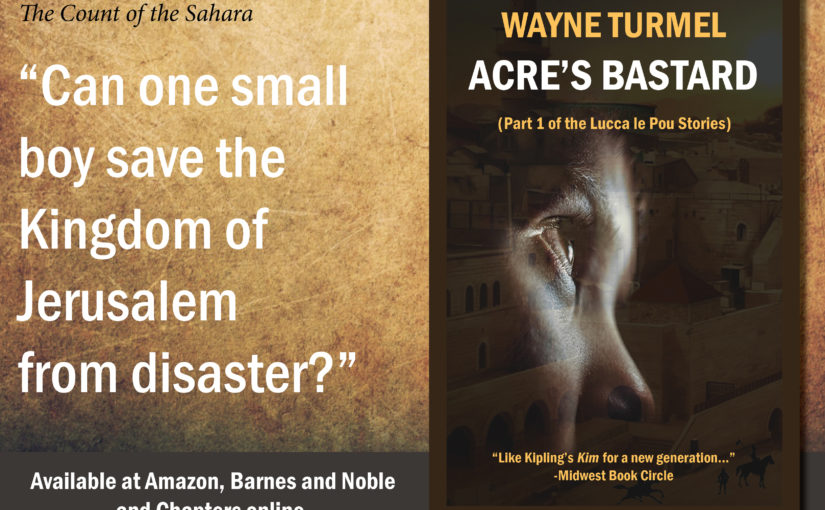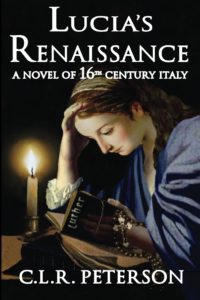What’s the one book you’ll never get rid of?
I don’t mean the book that changed your life, or the title of the book that you’ve reread the most—I mean the physical piece of paper and ink that has made multiple moves, survived periodic purges and you expect to have with you til you die? Since yesterday was #worldwidebookday and #nationalbookday, it got me thinking….
This is mine, a 45-year old ratty paperback version of Roget’s Thesaurus.
It’s not 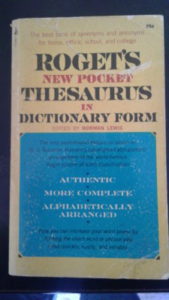 that I use it often in my work—I can’t remember the last time I actually opened it to find something. It’s old and fragile and I’m truly afraid it will crack or crumble into dust with use. I can find any word I’m looking for on my phone—and they’ve invented quite a few new words since this was written. But this is the book that helped make me a writer, and like most things we get emotionally attached to, there’s a story…
that I use it often in my work—I can’t remember the last time I actually opened it to find something. It’s old and fragile and I’m truly afraid it will crack or crumble into dust with use. I can find any word I’m looking for on my phone—and they’ve invented quite a few new words since this was written. But this is the book that helped make me a writer, and like most things we get emotionally attached to, there’s a story…
The last time I spent a night in the hospital was 1973. I was 12 years old and had a bad flu that landed me in the Mission Memorial Hospital for rehydration and overnight observation. I was fine, and bored, and wanted to just go home. Then I met the man who gave me this book, and a huge reason you’re reading anything I write to this day.
A big, friendly British man stopped by my room and asked if he could just pop in for a chat. He was Neville Cox—the hospital administrator. Of course, in the way of small towns everywhere he was also the Mayor of Mission for a time, and the regular speaker at Remembrance Day at the Legion, a newspaper columnist, and a lot of other things. He liked to visit patients in the hospital and (maybe he was just bored) spent some time with the weird ginger kid in room 214.
We talked about a lot of things, but when he learned that I was an avid reader, and thought maybe I might want to write someday (kids in small-town Canada just didn’t have those plans. I got my ass kicked by Randy Simpson regularly just for reading in public) , he did two things that altered my future in ways neither of us could have imagined.
The first, was he asked me if I’d ever read The Hobbit. Remember, I was barely 12 at the time, and that was pretty grown-up stuff. He gave me a very English “harrumph” and probably a “nonsense,” and insisted that I was certainly smart enough to read it, and I might enjoy it. It was the first adult book I ever took out of the library and sent me on a lifetime of reading things that well-meaning people thought I probably shouldn’t. We don’t do that enough for kids today.
When our visit was over, he went away, but returned about an hour later with the second thing. “No writer can be without one of these,” he said. “Words are your tools. You need to know the right one.” It was a cheap paperback copy of Roget’s Thesaurus. I don’t know if he’d just grabbed one lying around, or he actually ran down and bought it, but he presented it to me, signed on the inside cover in pencil.
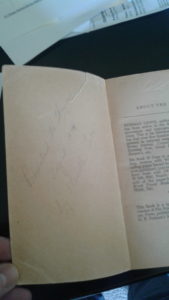 “Presented to Wayne, August 1973, by Neville Cox”
“Presented to Wayne, August 1973, by Neville Cox”
This book saw me through high school writing and public speaking contests, college in Vancouver, the move to pursue a writing and standup career in Toronto, on to Los Angeles, then to Chicago and now, as I’m clearing out my life in preparation for our next move to Las Vegas, I realized that it will make that trip as well.
That well-meaning visit and off-hand gift to a young stranger has been fundamental in my writing 8 non-fiction books, 2 novels, (the Count of the Sahara and Acre’s Bastard) countless blog and magazine articles, and altered the way I think and view the world.
Since the town was minuscule, I encountered him a couple of times before I left Mission for good, and always thanked him politely. He never failed to ask how the writing was coming. (I was 17 the last time… I think I grunted and said, “good.” Not exactly proof of concept.) Mayor Cox, as my mother insisted I call him, passed in 2013 (here’s the hometown article. He was an amazing person, do yourself a favor…) That thesaurus still sits on my bookshelf, and will til I can’t protect it any more.
What about you? What’s the physical book that you will never, ever relinquish? Maybe it’s a children’s book you really loved, or something your grandfather gave you that you didn’t appreciate at the time. Tell me and share the question with your friends and others. It’s amazing what you’ll learn about them.


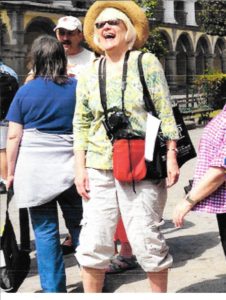 I am a long-time freelance journalist who specializes in clinical medicine, hospital finance and governance.
I am a long-time freelance journalist who specializes in clinical medicine, hospital finance and governance. ![The Pear Tree by [Sandrick, Karen M]](https://images-na.ssl-images-amazon.com/images/I/61nkTIV9eFL.jpg)


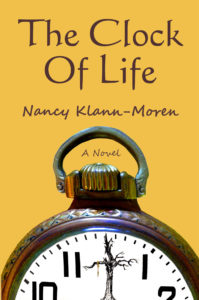
 Milana Marsenich has an M.Ed. In Mental Health Counseling from Montana
Milana Marsenich has an M.Ed. In Mental Health Counseling from Montana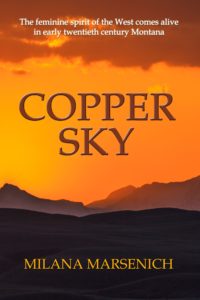
 What is it about that time period you found so fascinating?
What is it about that time period you found so fascinating?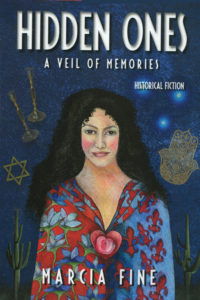
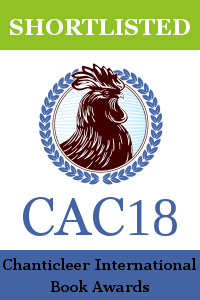
 I’m from Colombia, so English, technically, is not my first language. I work developing medical software and have been doing that for over thirteen years now. My academic background is in engineering, but with a minor in history. History has always fascinated me, and I hope that my books showcase that. But, you’ll notice that there is no literary background. Nor do any of my family members have literary backgrounds; they are all engineers. But, I was always a good storyteller. I could make up stories during long road trips and keep everybody entertained. Teachers often told me I had a future in writing. But it would be decades before I took the fateful plunge into publishing. Having an exciting tale to tell helped, too.
I’m from Colombia, so English, technically, is not my first language. I work developing medical software and have been doing that for over thirteen years now. My academic background is in engineering, but with a minor in history. History has always fascinated me, and I hope that my books showcase that. But, you’ll notice that there is no literary background. Nor do any of my family members have literary backgrounds; they are all engineers. But, I was always a good storyteller. I could make up stories during long road trips and keep everybody entertained. Teachers often told me I had a future in writing. But it would be decades before I took the fateful plunge into publishing. Having an exciting tale to tell helped, too.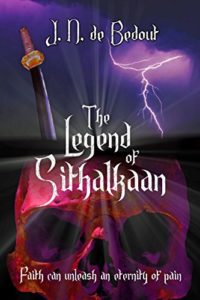 history, (approximately 1460-1600 for us Westerners, give or take) and as such, it is chaotic. Think of it as the equivalent of the Thirty Years War in Europe. When people imagine the samurai, they have an ideal of noble warriors following the Bushido. But in reality, the foundations of that discipline were often ignored during the Sengoku period; instead, it was refined and perfected into what is known today during the peaceful years of the later Tokugawa dynasty where warfare was near non-existent. Furthermore, if you read about Oda Nobunaga’s early struggles, you’ll find that much of his early conflicts were with rebellious Warrior Monk sects rather than other samurai clans. It’s also quite interesting that Oda Nobunaga, probably one of the most renowned samurai ever, was a pioneer in gun tactics.
history, (approximately 1460-1600 for us Westerners, give or take) and as such, it is chaotic. Think of it as the equivalent of the Thirty Years War in Europe. When people imagine the samurai, they have an ideal of noble warriors following the Bushido. But in reality, the foundations of that discipline were often ignored during the Sengoku period; instead, it was refined and perfected into what is known today during the peaceful years of the later Tokugawa dynasty where warfare was near non-existent. Furthermore, if you read about Oda Nobunaga’s early struggles, you’ll find that much of his early conflicts were with rebellious Warrior Monk sects rather than other samurai clans. It’s also quite interesting that Oda Nobunaga, probably one of the most renowned samurai ever, was a pioneer in gun tactics.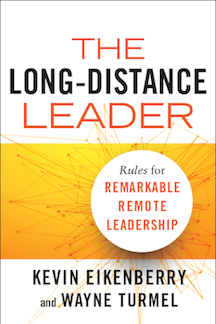 “paying the rent” thing. It’s available for Pre-Order now. Just saying.
“paying the rent” thing. It’s available for Pre-Order now. Just saying.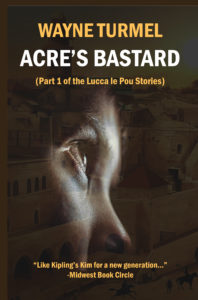

 On a typical day, one could find Karen in the throngs of adolescent wonderment, trying to create harmonious music-making to these next-generation superstars. From the first squeaks of “Hot Cross Buns” to the lavish lyrical sounds of “Danny Boy,” there is much magic that occurs within the four walls of the band room.
On a typical day, one could find Karen in the throngs of adolescent wonderment, trying to create harmonious music-making to these next-generation superstars. From the first squeaks of “Hot Cross Buns” to the lavish lyrical sounds of “Danny Boy,” there is much magic that occurs within the four walls of the band room.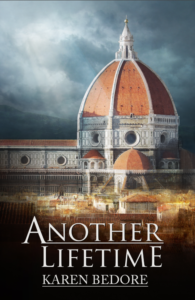 remember. The humanism movement—especially in Italy—has transformed the visual and musical art world, and I wouldn’t be where I am today without that ingenuity. I have family roots in Italy as well, and am in love with the language and culture. If I were a character, I would be Aria. Many people who have read the book have noticed that I pretty much inserted myself into the book.
remember. The humanism movement—especially in Italy—has transformed the visual and musical art world, and I wouldn’t be where I am today without that ingenuity. I have family roots in Italy as well, and am in love with the language and culture. If I were a character, I would be Aria. Many people who have read the book have noticed that I pretty much inserted myself into the book. Jocelyn has a Ph.D. in Creative Writing from Florida State University and is currently the Director of Creative Writing in the BFA Program at Truman State University. She lives in Columbia, Missouri with her husband, the film scholar Prakash Younger, and their two daughters.
Jocelyn has a Ph.D. in Creative Writing from Florida State University and is currently the Director of Creative Writing in the BFA Program at Truman State University. She lives in Columbia, Missouri with her husband, the film scholar Prakash Younger, and their two daughters.